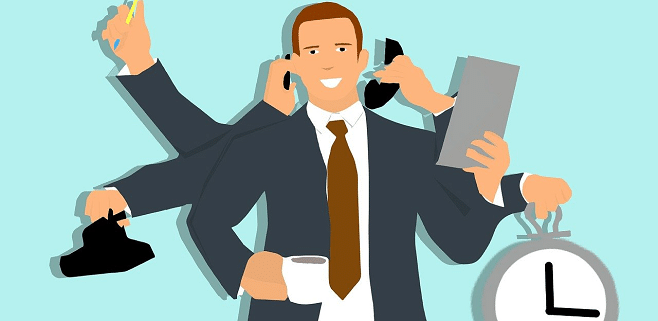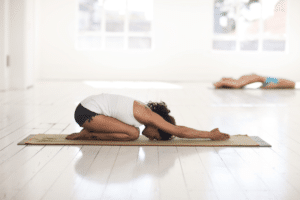Is Multitasking Ruining Your Productivity
Multitasking is often used as a way to get through the day, but it’s actually one of the worst things you can do. According to a study by Stanford University, multitasking makes us more distracted and less productive. And another study by Microsoft showed that when we try to juggle too many things at once, our brains end up blocking out information from each task so there’s little chance of remembering anything later on. The truth is that multitasking isn’t just bad for your brain; it’s also bad for your productivity because it takes away from time spent focusing on completing one task at a time. So how do we stop? Here are five strategies:
5 Strategies to Quit Multitasking
Identify your biggest multitasking triggers.
Identify your biggest multitasking triggers.
The first step in quitting multitasking is identifying the things that make you want to do it in the first place. Your triggers may be as simple as feeling bored or anxious, or they could be more complex and related to your work environment, such as feeling overwhelmed by extra projects at work or being around people constantly interrupting you when they need help. If you know what sets off these impulses for multitasking (and how often), then it will be easier to avoid those situations altogether and keep yourself focused on one task at a time instead of jumping around between several different tasks every day.
Stop multitasking during meetings.
- Focus on the speaker.
- Don’t look at your phone or computer.
- Don’t get distracted by other people’s conversations.
- Don’t multitask with other tasks during meetings, such as making notes or checking email (especially important if you’re in a group meeting).
Don’t multitask in the morning when you’re tired.
The morning is a great time to do routine tasks and work that requires focus. It’s not so great for creative work, which requires energy and attention to detail.
Here are some examples:
- You can fix your morning coffee while you read the news or listen to an audiobook.
- You can take out the trash while you walk the dog (if your garbage can is outside).
- You can iron clothes while listening to music or an audiobook (this one might be more difficult depending on what kind of ironing board you have).
Make a list of all the things you have to do and prioritize them.
The first strategy is to make a list of every task you need to accomplish and prioritize it. Start by writing down everything you have on your mind, whether it’s an important meeting or an errand that needs to be run. Then, rank the tasks in order of importance (e.g., “call the electric company” is more important than “buy milk”). Once you’ve done this, start with your highest priority item and work down until everything is checked off!
When you get to work, finish everything that’s on your list before moving on to anything else.
- When you get to work, finish everything that’s on your list before moving on to anything else.
- Focus on one task at a time and try not to multitask when it comes to projects or tasks that require a lot of concentration.
- If possible, avoid distractions such as social media or emails while working on something important. This can help prevent burnout from happening too soon!
- If necessary, take breaks throughout the day so that your mind can rest and refocus itself before tackling another project or task without getting distracted by something else (which we’re all guilty of doing).
When we learn to focus on completing one task at a time, we can be more productive and less stressed out.
When we learn to focus on completing one task at a time, we can be more productive and less stressed out.
Here are five strategies that will help you stop multitasking:
- Set your phone on do not disturb mode. Checking email or social media notifications constantly can be distracting and take away from the task at hand. Keep your phone out of sight or turn off notifications until you’re done with the current activity.
- Take breaks every hour or so–and make them real breaks! If your job requires long periods of concentration, then give yourself periodic mental breaks by taking a walk around the office building or going outside for some fresh air (or even just sitting quietly in another room). It’s important to give yourself time away from work so that when it comes back into focus again, it feels like something new rather than something old being picked up where it left off–which leads us right into our next tip…
Conclusion
The more you can focus on one thing at a time, the more productive and less stressed out you’ll be. It may take some practice, but it’s worth it!






 © 2024 The Advisor With Stacey Chillemi. All rights reserved.
© 2024 The Advisor With Stacey Chillemi. All rights reserved.

Leave a Reply
Want to join the discussion?Feel free to contribute!